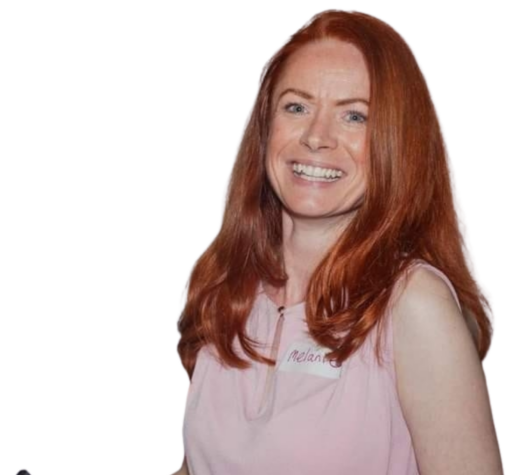After 16 years in the tech industry in various positions from a Software Developer to a CTO, I’ve developed 17 video courses, wrote six booklets, delivered countless webinars, and trained over 23,000 professionals online Recruitment & Sales teams in the USA & EU hire me for my unique perspective:
A) As the CTO in a fast-growing startup, I’ve been working with IT professionals.
B) I’ve been recruiting IT talents for international clients.
C) My team is outsourcing SW development.
If your team is like those I’ve worked with, you could fill MANY more IT vacancies and deliver MORE projects… if only your consultants & sales managers understood the IT landscape!
I’ve worked with hundreds of recruitment consultants, TA/HR specialists, sales & BizDev managers to help them understand the complex IT landscape… who rate me 4.7/5 on Trustpilot.
This is what I can do for you, too:
1. Organize a full-service online training program.
2. Take care of your team’s ongoing improvement when it comes to IT knowledge.
3. Provide materials so you can organize the training yourself.
4. Outsource software development through https://juhashub.io
Some say the “IT Recruiter Toolkit” which I’ve developed is the most comprehensive e-learning platform for IT recruiters with 350+ video lessons. International recruitment agencies use it to onboard their non-tech recruiters.
https://ITRecruiterToolkit.com
My new REPORT reveals why 35.4% of recruitment teams are MISSING OUT on their commissions… And how you can help your team understand the IT roles and IT terminology so that they can recruit more Software Developers and fill IT vacancies, faster. The report is based on 373 respondents. You can download the PDF here:
https://michaljuhas.com/report
My recent CASE STUDY outlines how my client upskilled their Recruitment and Sales teams which enabled them to fill more IT vacancies. You can find this case study at https://michaljuhas.com/case-study




















